Whether you stream as a hobby or you’re looking to turn it into a profession, you need a capable graphics card to ensure you can broadcast the best visual experience for your viewers.
The act of streaming is a CPU-heavy process, but it still uses a tad bit of GPU power, so it’s essential to have a decent CPU and GPU combo. Overall, a class GPU shines when it comes to delivering a smooth viewing experience for viewers. If you can’t maintain 60+ frames per second in a game, streaming suffers.
When it comes to the best GPUs for streaming, there are countless options in the market, but the following are on top of the charts in terms of price, and the value they bring to the table.
Best GPUs for streaming (Quick list)
Best budget GPUs for streaming
AMD Radeon RX 7600
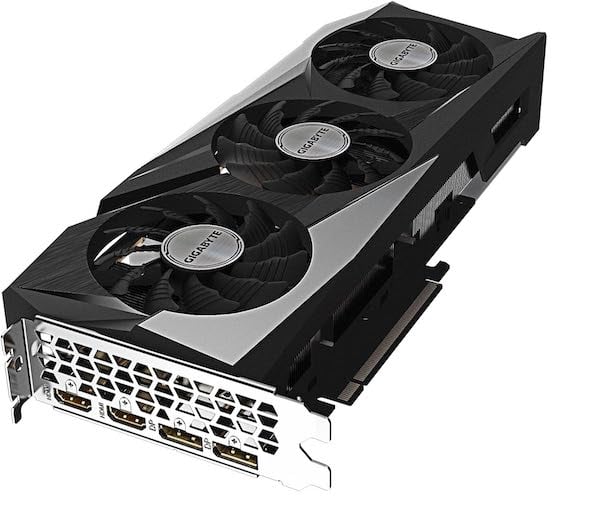

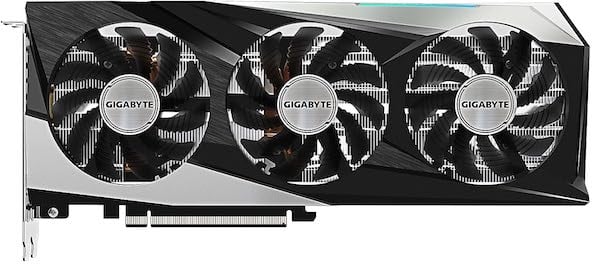
| Key specs | • 8GB GDDR6 VRAM • 2,048 GPU Cores • 2,625 MHz boost clock speed |
| What we like about it | • Great value for 1080p gaming • DisplayPort 2.1 support |
| What we don’t like about it | • Not a decent pick for ray tracing |
The AMD Radeon RX 7600 is another excellent choice for budget-conscious streamers. This GPU shines in 1080p performance, even rivaling some higher-tier cards like the NVIDIA RTX 3060 Ti. It consistently delivers 60 fps in most modern games, but you may need to customize a few graphical settings.
The RX 7600’s improved ray tracing narrows the gap with NVIDIA, though it still trails behind slightly. Unless you want to maximize your ray tracing settings, this card should still be enough.
NVIDIA GeForce RTX 4060
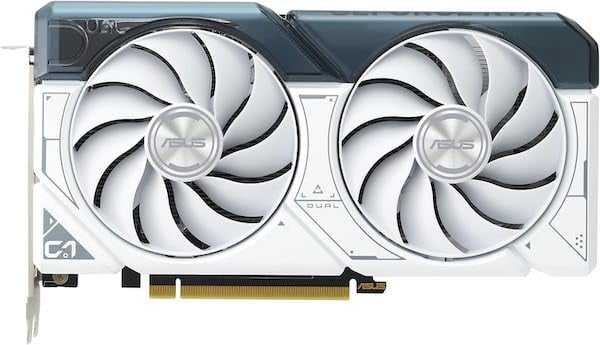

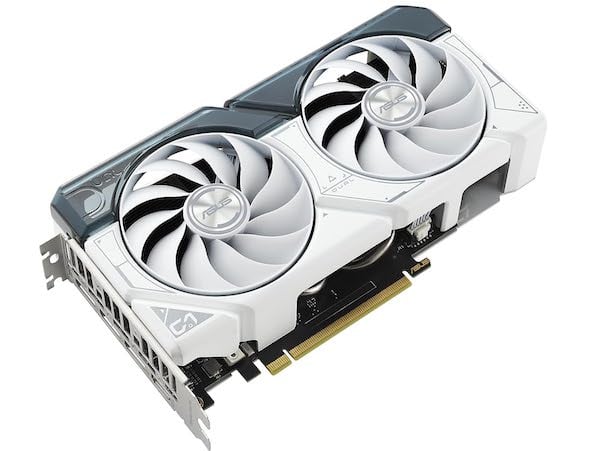
| Key specs | • 8GB GDDR6 VRAM • 3,072 GPU Cores • 2,460 MHz boost clock speed |
| What we like about it | • Decent and quiet performance in 1080p • Excellent price/performance ratio |
| What we don’t like about it | • Only 128-bit memory interface |
The NVIDIA GeForce RTX 4060 has been the go-to GPU for many since its 2023 debut. While it may not offer a dramatic leap from its predecessor, RTX 3060, it delivers excellent value for streamers and gamers stepping up from 20 series and below.
Excelling at 1080p, RTX 4060 delivers in terms of ray tracing capabilities and DLSS 3. While it may not be the absolute best in price-to-performance ratio, its blend of Nvidia’s latest features and competitive pricing make it a compelling option.
Best midrange GPUs for streaming
AMD Radeon RX 7900 GRE
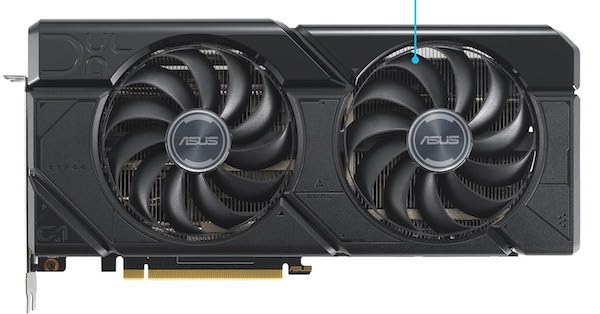

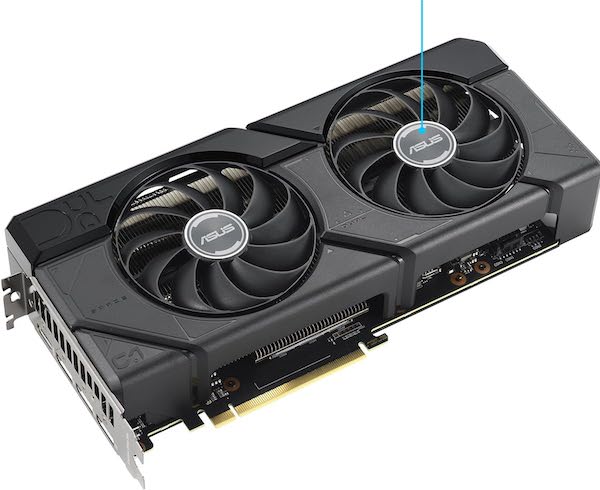
| Key specs | • 16GB GDDR6 VRAM • 5,120 GPU Cores • 2,245 MHz boost clock speed |
| What we like about it | • Excellent all rounder for 1080p and 1440p gaming • DisplayPort 2.1 support |
| What we don’t like about it | • Lacks in AI performance |
The AMD Radeon RX 7900 GRE is a staple choice in the midrange GPU market, offering exceptional value for streamers and content creators. This GPU challenges more expensive competitors with its impressive performance, excelling in 4K gaming and creative tasks like photo editing and video processing.
It showcases strong rasterization capabilities and improved ray tracing performance. When combined with the RX 7900 GRE’s ability to outperform some pricier alternatives, it becomes an attractive option for streamers and gamers alike.
NVIDIA GeForce RTX 4070 Super (Editor’s Choice)
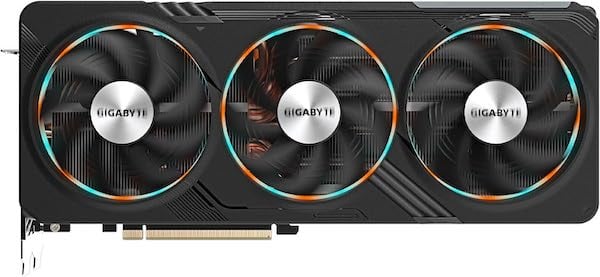


| Key specs | • 12GB GDDR6 VRAM • 7,168 GPU Cores • 2,475 MHz boost clock speed |
| What we like about it | • Better value proposition compared to the regular 4070 • Decent performance with DLSS and ray tracing |
| What we don’t like about it | • Could feature more VRAM for the price |
The NVIDIA GeForce RTX 4070 Super solidifies its ground in the 1440p gaming market with additional updates. Excelling at DLSS 3 with Frame Generation, you can expect smoother in-game experiences with the 4070 Super.
Considering the card’s power level, it becomes a prime pick for creatives, streamers, and gamers. With this beast, you may even try 4K streaming. However, budget-conscious streamers or those primarily focused on raw gaming performance might find better value in alternatives like AMD’s offerings.
AMD Radeon RX 7800 XT
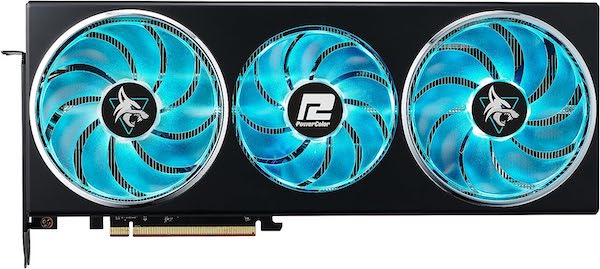

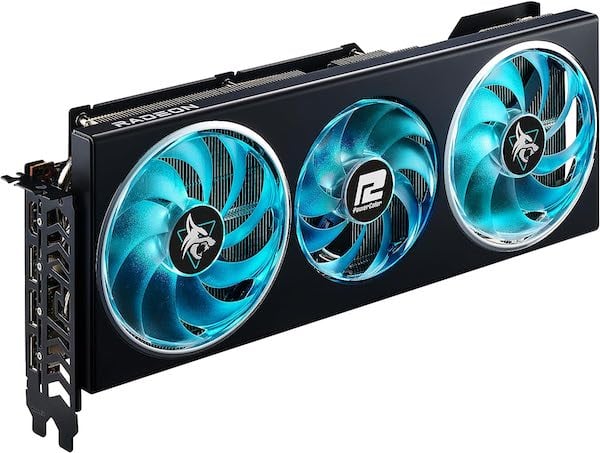
| Key specs | • 16GB GDDR6 VRAM • 2,430 MHz boost clock speed |
| What we like about it | • Challenges RTX 4070 in terms of value • Decent ray tracing performance |
| What we don’t like about it | • Uses more power than competitors |
If you mostly want to play games in 1440p, then AMD Radeon RX 7800 XT is a top candidate.
While not the most budget-friendly option, this GPU offers considerable value, often outperforming more expensive competitors in traditional rendering tasks. Its improved ray tracing capabilities demonstrate AMD’s commitment to closing the gap with NVIDIA in this arena.
This card can even push up to 4K resolutions, but you’ll need to lower those settings quite a bit for a smooth experience, especially while streaming.
Best high-end GPUs for streaming
NVIDIA GeForce RTX 4080 Super
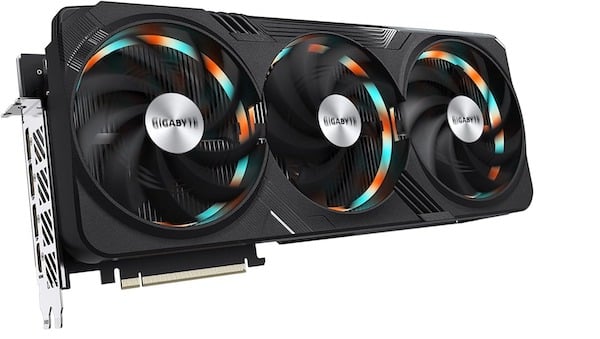

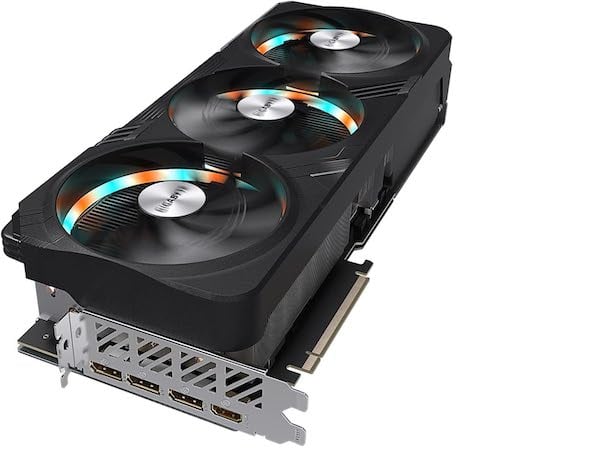
| Key specs | • 16GB GDDR6 VRAM • 10,240 GPU Cores • 2,550 MHz boost clock speed |
| What we like about it | • One of the fastest cards in its architecture • Can support 4K |
| What we don’t like about it | • Could use more VRAM since it’s an upgraded version |
If you want to build a high-end streaming rig, the NVIDIA GeForce RTX 4080 is a top option. This powerhouse GPU delivers exceptional 4K performance, outpacing its predecessor and rivaling even more expensive alternatives.
Overall, the RTX 4080 Super’s ability to approach RTX 4090-level performance at a significantly lower cost makes it an attractive choice for enthusiasts who demand top-tier streaming quality without the premium price tag.
NVIDIA GeForce RTX 4090
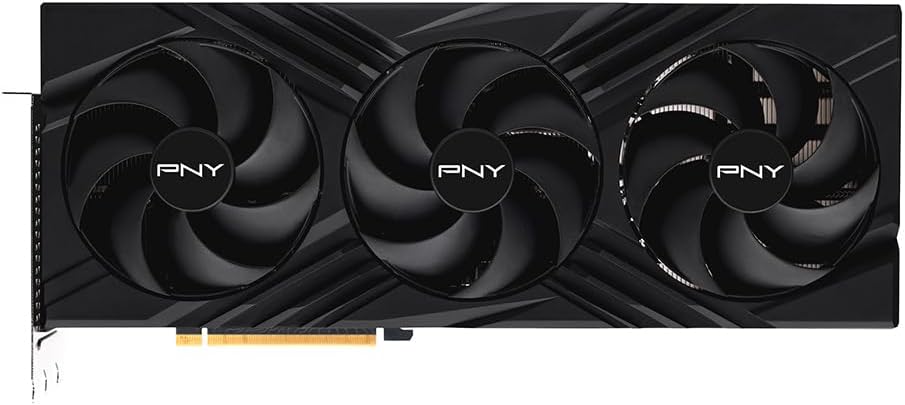

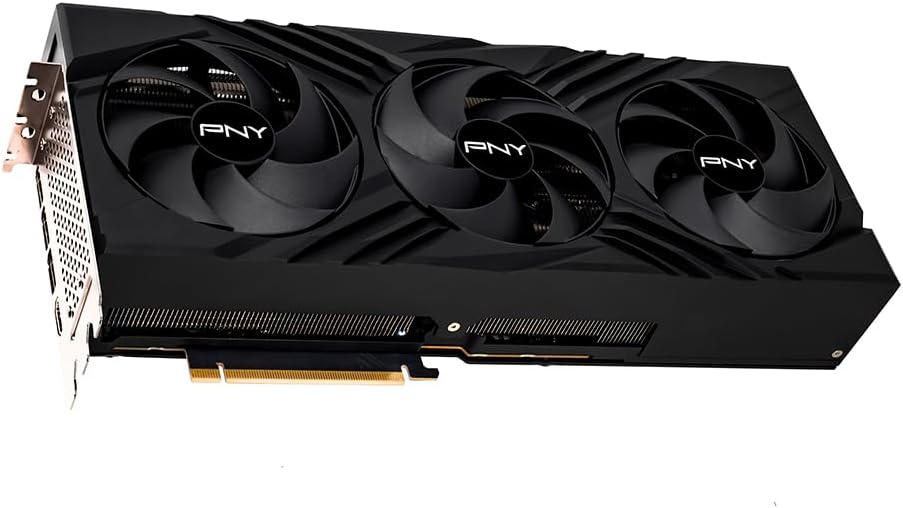
| Key specs | • 24GB GDDR6 VRAM • 16,384 GPU Cores • 2,520 MHz boost clock speed |
| What we like about it | • Unmatched performance • Enjoying max settings in all games |
| What we don’t like about it | • Extremely expensive |
The NVIDIA GeForce RTX 4090 is an honorary mention in our 2024 streaming GPU lineup, representing the pinnacle of graphics performance. This powerhouse card is the ultimate choice for streamers with unlimited budgets who demand the absolute best.
The RTX 4090 delivers unprecedented performance, significantly outpacing its predecessors and competitors. It excels in native 4K gaming with ray tracing, pushing even the most demanding titles to their limits. For streamers aiming to provide viewers with the highest quality visuals, this GPU is unmatched.
How we came up with this list of GPUs for streaming
My trusty GTX 1060 was finally showing its age, struggling to keep up with the demands of modern games, and I was planning to stream more as per my New Year’s resolution. This personal need kickstarted an extensive journey into the current GPU market as I set out to find the perfect balance of performance and value for my own custom PC build.
My research took me deep into the world of hardware reviews, benchmark comparisons, and user testimonials across various tech forums and social media platforms. I poured over professional reviews from respected tech sites, analyzed performance graphs, and read countless user experiences. This wasn’t just about raw power—I was looking for GPUs that offered the best bang for the buck, and all my efforts came together for this list.
FAQs about the best GPUs for streaming
Does GPU matter for streaming?
A powerful GPU is essential for high-quality streaming. It allows streamers to run games at higher settings and resolutions while maintaining smooth framerates—it’s crucial for gameplay and viewer experience. Modern GPUs also feature built-in encoding capabilities, like NVIDIA’s NVENC or AMD’s VCE, which reduce CPU strain during streaming, enhancing overall system performance and stream stability.
Advanced features such as ray tracing and AI-powered upscaling (e.g., DLSS or FSR) not only improve the streamer’s visual experience but create more visually impressive content for viewers. For content creators who engage in 3D rendering, video editing, or graphic design alongside streaming, a top-of-the-line GPU significantly accelerates these tasks.
Why do streamers play with lower graphics?
Streamers often choose to play with lower graphics settings to reduce system load. This ensures smoother gameplay and more consistent frame rates, which is crucial for providing viewers with a fluid experience, especially in fast-paced games. Lower graphics also free up computational resources for the demanding task of encoding and broadcasting the stream, leading to better overall stream quality and stability.
Also, many competitive streamers prefer reduced graphics settings to maximize visibility and minimize visual distractions, giving them a potential edge in gameplay.
Is an AMD or NVIDIA GPU better for streaming?
NVIDIA has long been favored for streaming due to its superior NVENC encoder, which provides excellent quality with minimal performance impact.
However, AMD has made significant strides with its recent GPUs. The introduction of AV1 encoding puts most AMD cards on par with NVIDIA in terms of encoding quality. Ultimately, both can handle streaming tasks effectively. NVIDIA might have a slight advantage for streaming, but AMD’s recent improvements make it a strong contender.


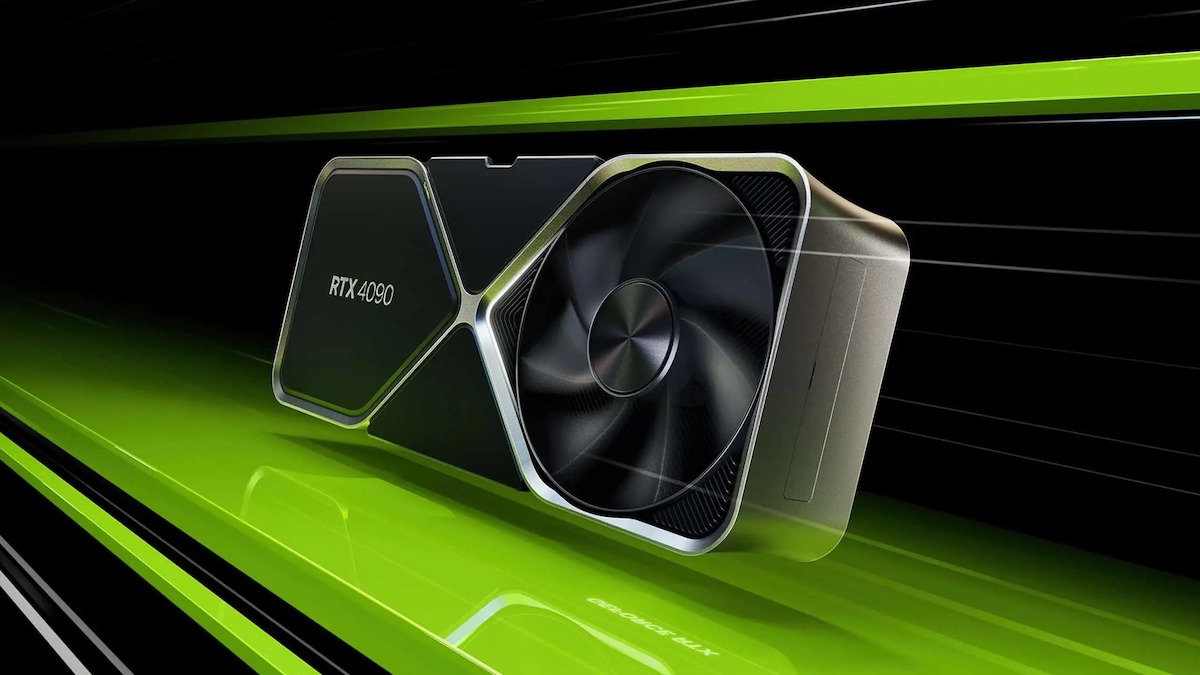








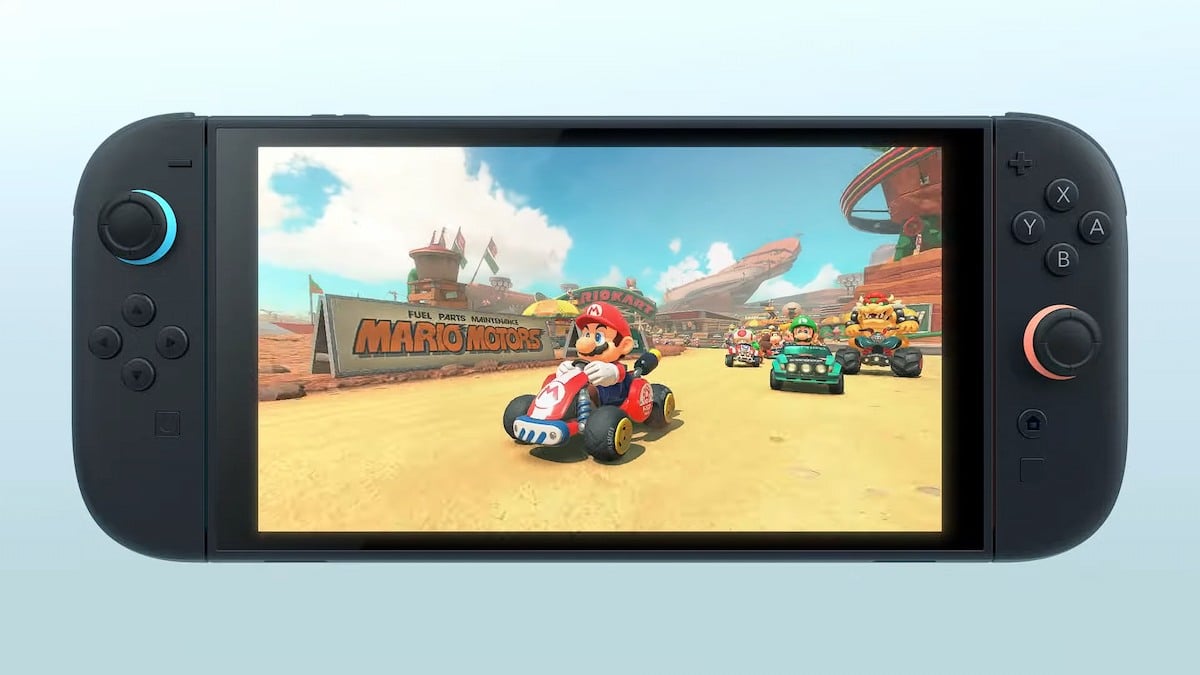
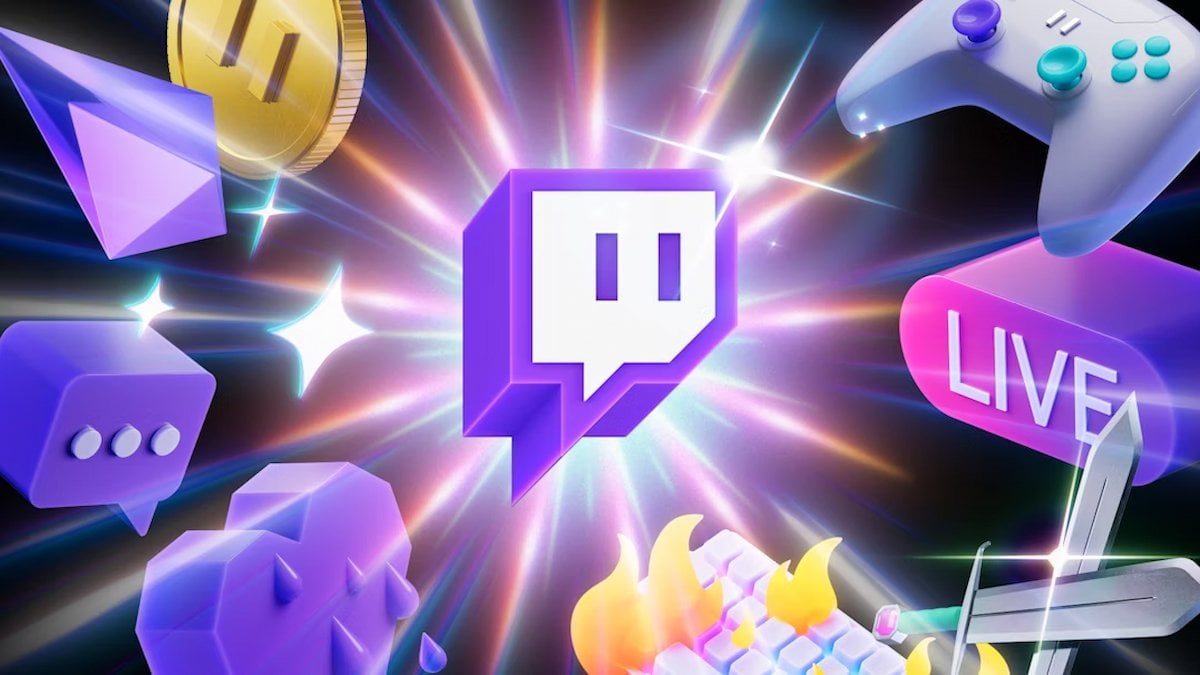
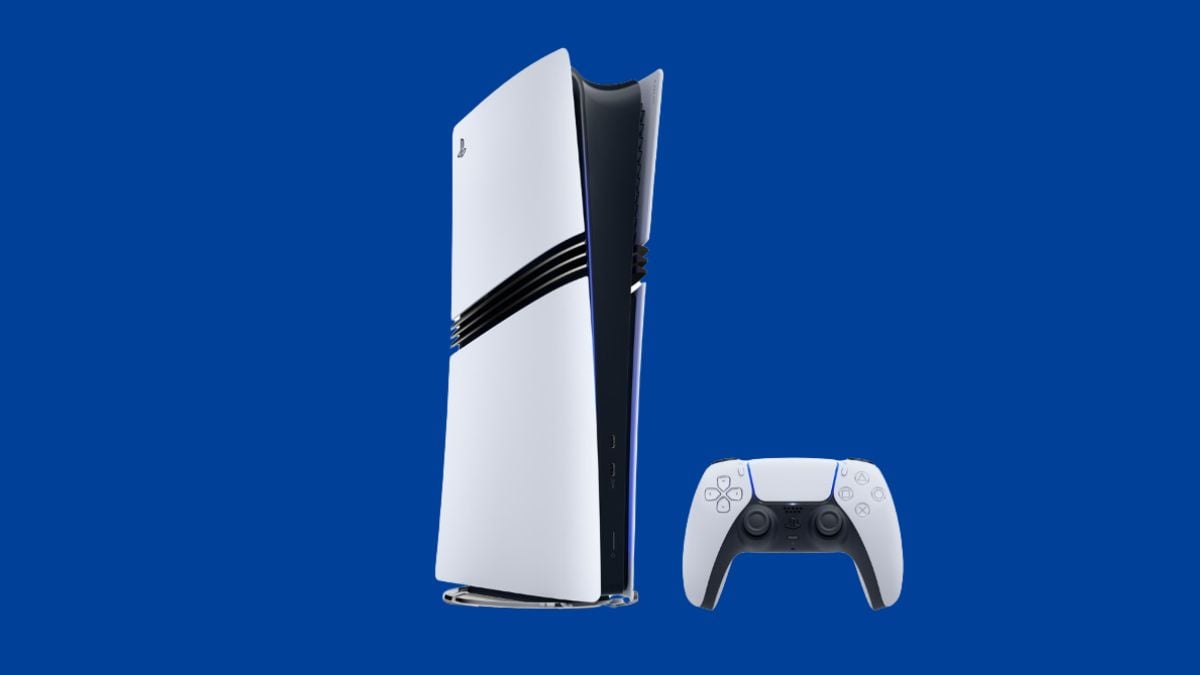
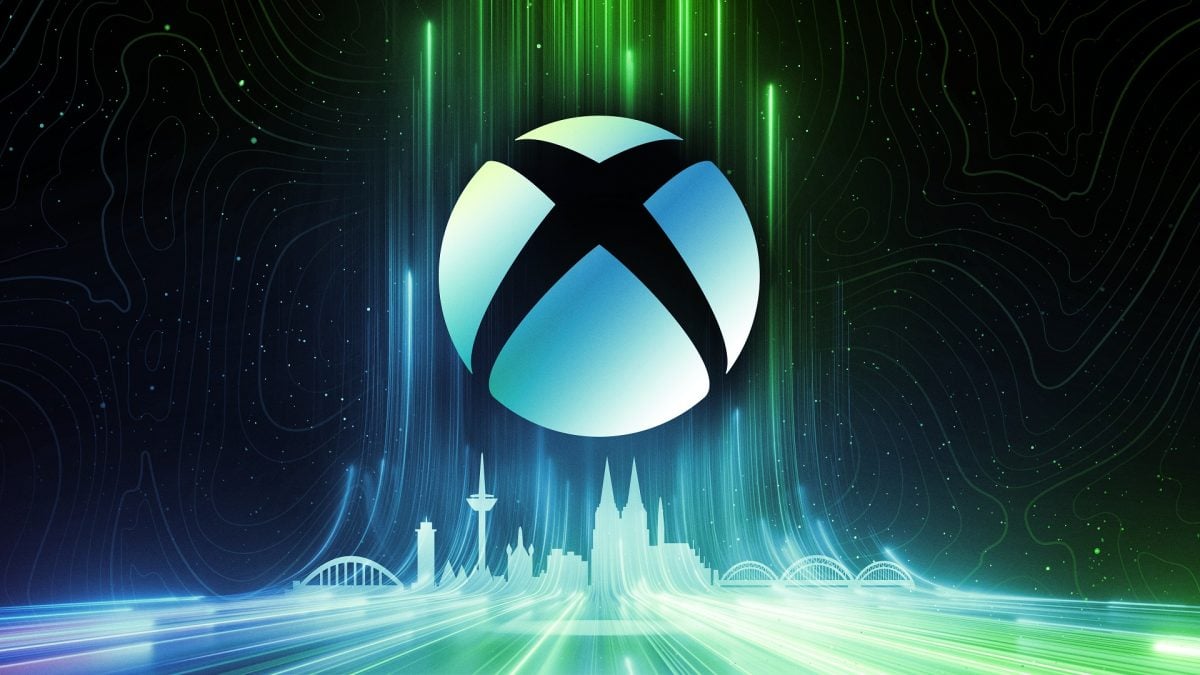

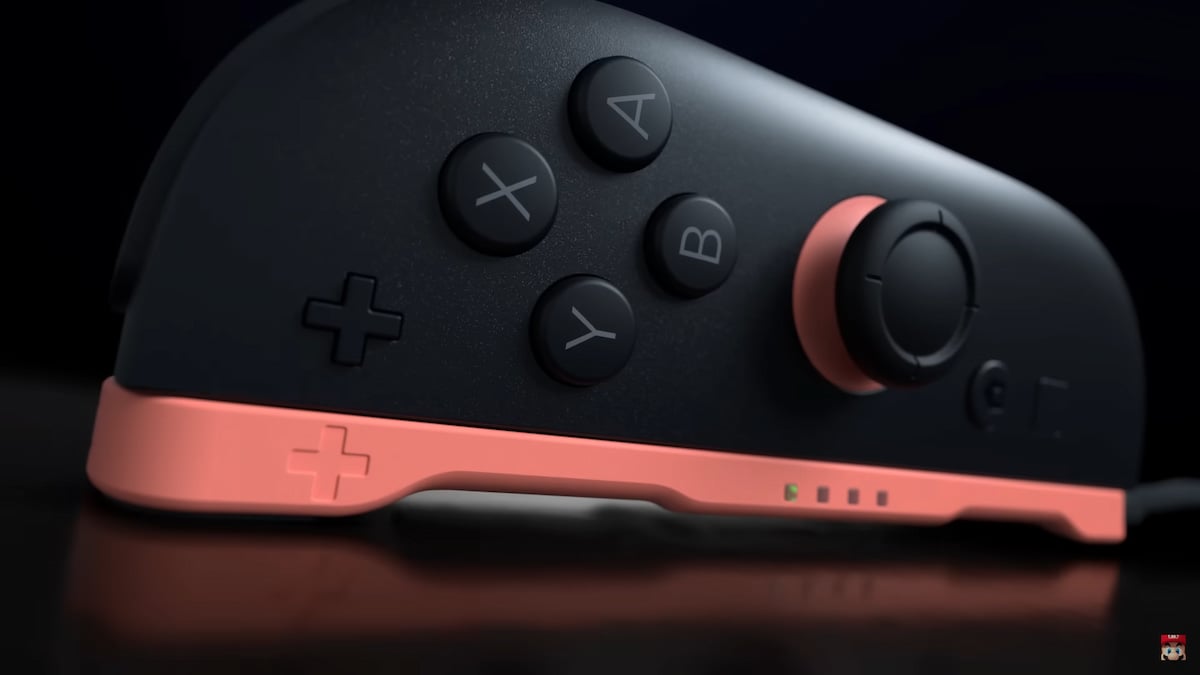
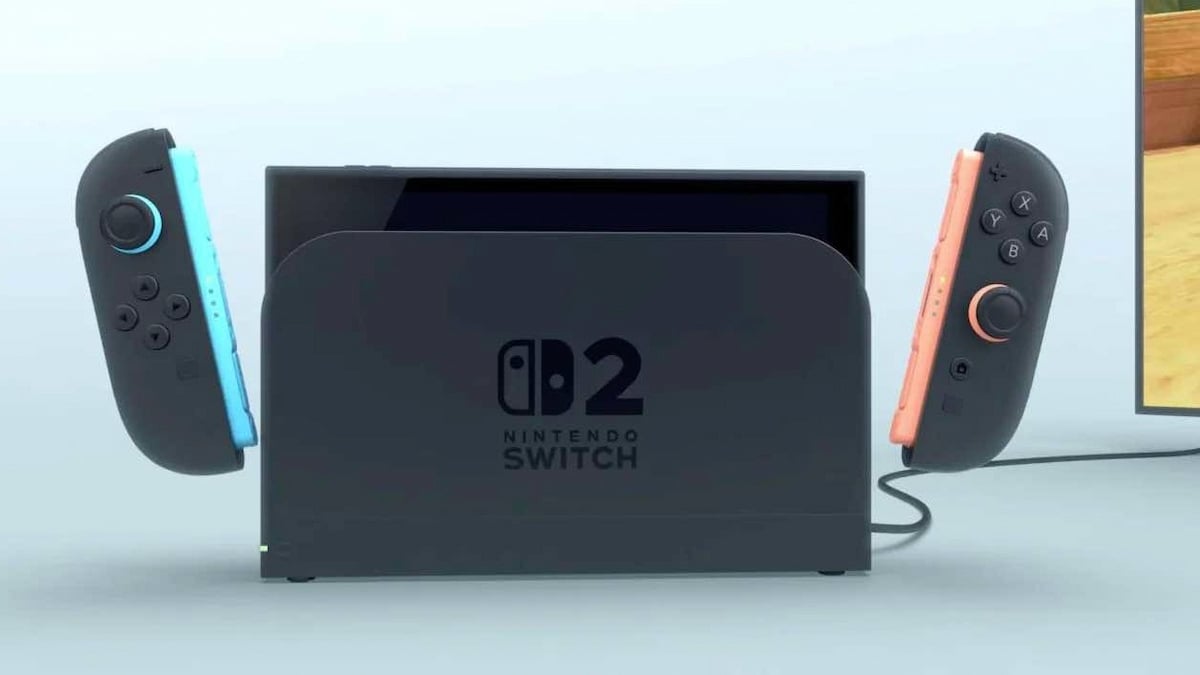
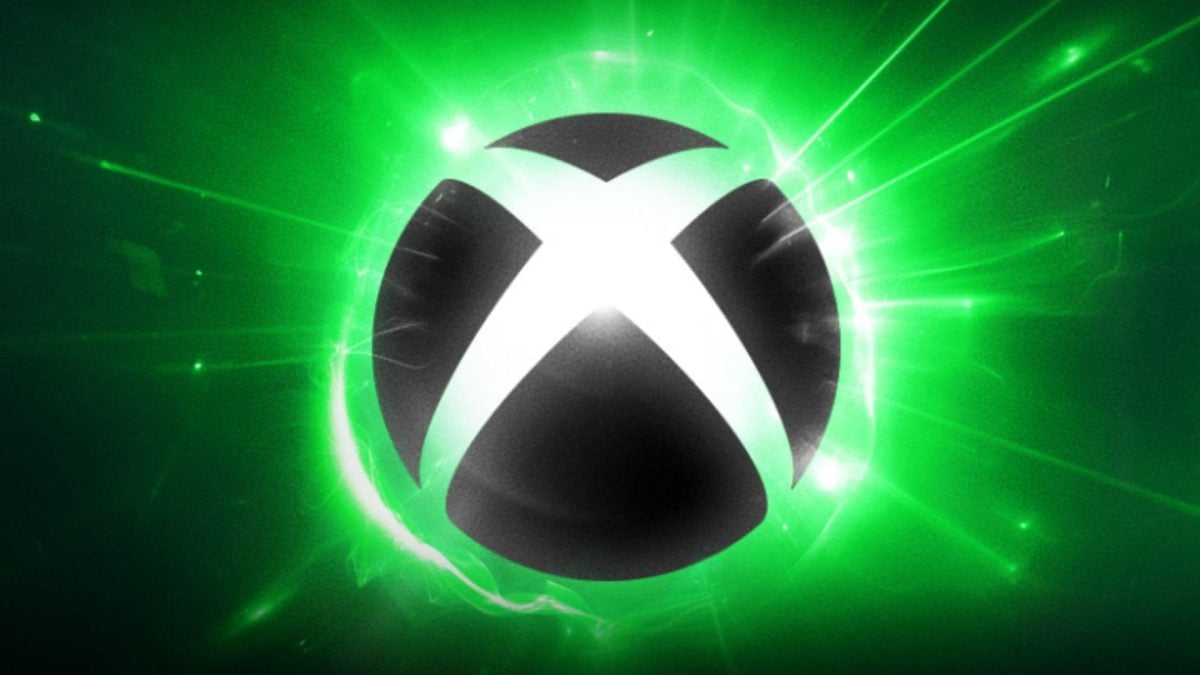

Published: Jul 25, 2024 04:36 pm